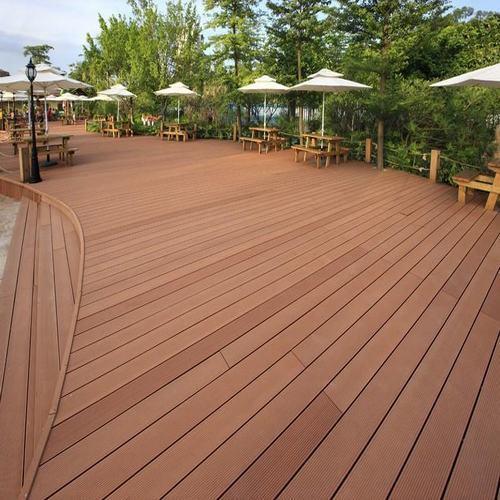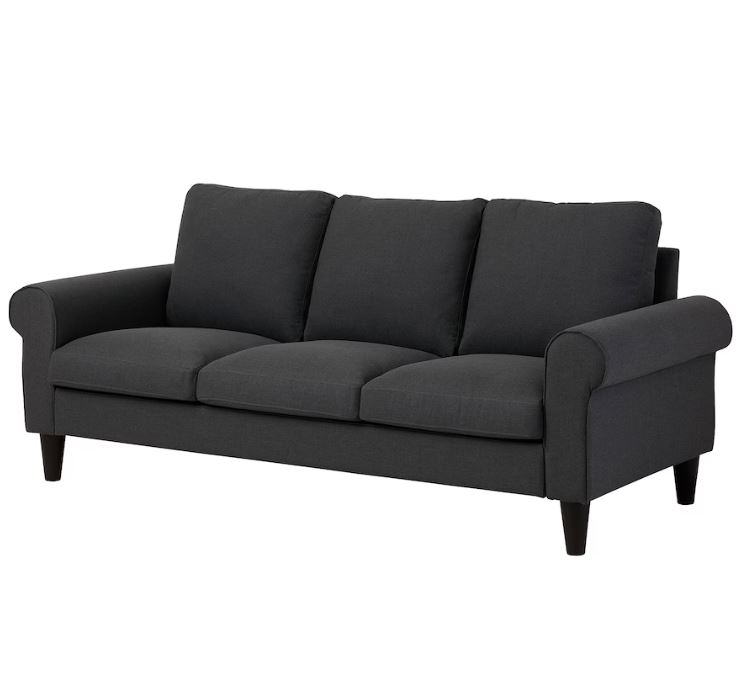When it comes to designing kitchens and bathrooms, one of the biggest challenges homeowners face is selecting the right flooring. These are high-traffic, moisture-prone areas where style meets practicality. Traditional options like hardwood may look elegant but are not water-friendly, while tiles can feel cold and hard underfoot. This is where WPC flooring (Wood Plastic Composite) emerges as the perfect solution. With its unique blend of durability, waterproofing, and modern design, WPC flooring has quickly become a favorite choice for homeowners and interior designers alike.
What is WPC Flooring?
WPC flooring is a type of engineered vinyl plank flooring that combines wood fiber or wood flour with thermoplastics and stabilizers. Unlike traditional hardwood, WPC flooring is completely waterproof and resistant to swelling, warping, or cracking. Its core is dense and stable, making it ideal for areas like kitchens and bathrooms where water exposure is inevitable.
The layered structure of WPC typically includes:
- A wear layer that resists scratches and stains.
- A vinyl layer that adds design and texture.
- The WPC core that provides waterproof stability.
- A backing layer for sound insulation and comfort.
This advanced construction not only ensures longevity but also offers comfort and style unmatched by many other flooring types.
Waterproof Performance That Matters
Bathrooms and kitchens are areas where spills, humidity, and water splashes happen daily. Traditional wood or laminate flooring struggles in these conditions, often leading to swelling, discoloration, or mold growth. WPC flooring, on the other hand, is designed to handle such environments with ease.
Its 100% waterproof core prevents water from seeping in, ensuring no warping or damage even after years of use. This makes it one of the most reliable flooring solutions for homeowners who want the warm look of wood without the risks.
Durability for High-Traffic Areas
Kitchens and bathrooms are not only exposed to water but also experience heavy foot traffic. From family members constantly walking in and out to kitchen activities like dragging chairs or moving appliances, the floor needs to withstand significant wear and tear.
The tough wear layer of WPC flooring protects against scratches, stains, and dents, making it ideal for busy households. Even if you drop heavy utensils in the kitchen or accidentally knock over toiletries in the bathroom, WPC flooring remains resilient. Its ability to retain its look despite daily stress makes it a smart long-term investment.
Comfort and Warmth Underfoot
Unlike ceramic tiles, which can feel cold and hard, WPC flooring offers a much more comfortable surface. The layered design provides slight cushioning, which is particularly beneficial in kitchens where people stand for long periods while cooking.
In bathrooms, where you often walk barefoot, WPC feels warmer and softer compared to tiles or stone. This balance of practicality and comfort enhances the overall user experience, making your kitchen and bathroom spaces not just functional but also inviting.
Stylish Designs to Suit Any Décor
One of the most attractive features of WPC flooring is its design versatility. Available in a wide variety of textures, colors, and finishes, WPC can replicate the natural beauty of hardwood or stone without the associated maintenance challenges.
Homeowners can choose from rustic wood patterns, modern grey planks, or even stone-inspired textures to complement their kitchen and bathroom aesthetics. The high-definition printing technology used in WPC flooring ensures realistic visuals, giving you a stylish floor that perfectly matches your décor.
Low Maintenance and Easy Cleaning
In areas where spills and messes are common, maintenance becomes a top priority. Fortunately, WPC flooring requires very little effort to keep it looking new. Regular sweeping and occasional mopping with a damp cloth are enough to maintain its shine.
Unlike grout lines in tiles, which often trap dirt and stains, WPC’s seamless planks make cleaning hassle-free. This is especially beneficial in bathrooms where hygiene is crucial. Its stain resistance also ensures that accidental spills—whether it’s coffee in the kitchen or bath products in the bathroom—don’t leave permanent marks.
Eco-Friendly and Safe Choice
Many homeowners today are environmentally conscious and seek sustainable options for their interiors. WPC flooring often incorporates recycled wood fibers and plastics, making it an eco-friendlier choice compared to traditional flooring. Additionally, many WPC products are manufactured with low VOC emissions, ensuring healthier indoor air quality for families.
For families with kids or pets, the slip-resistant surface of WPC flooring also adds an extra layer of safety in moisture-prone areas, reducing the risk of accidents.
Cost-Effective in the Long Run
While the initial cost of WPC flooring might be slightly higher than laminate or vinyl, it proves to be more cost-effective in the long run. Its durability, waterproof nature, and minimal maintenance reduce the need for frequent repairs or replacements.
For homeowners looking to balance quality and budget, WPC provides excellent value by combining premium aesthetics with long-lasting functionality.
Conclusion
Kitchens and bathrooms demand flooring that can withstand water, heavy usage, and daily wear while still adding style to the home. WPC flooring Abu Dhabi checks all these boxes, offering a waterproof, durable, stylish, and comfortable solution. Whether you’re renovating your bathroom, upgrading your kitchen, or building a new home, WPC flooring ensures you don’t have to compromise between beauty and practicality.
By choosing WPC flooring, you invest in a surface that not only elevates your interiors but also makes everyday living more convenient and enjoyable. It’s no wonder that more homeowners are turning to WPC as the ultimate flooring choice for kitchens and bathrooms.




